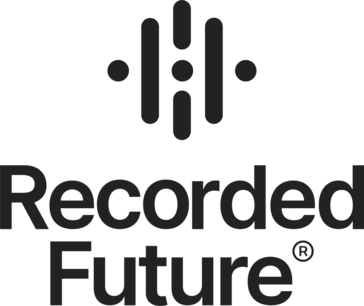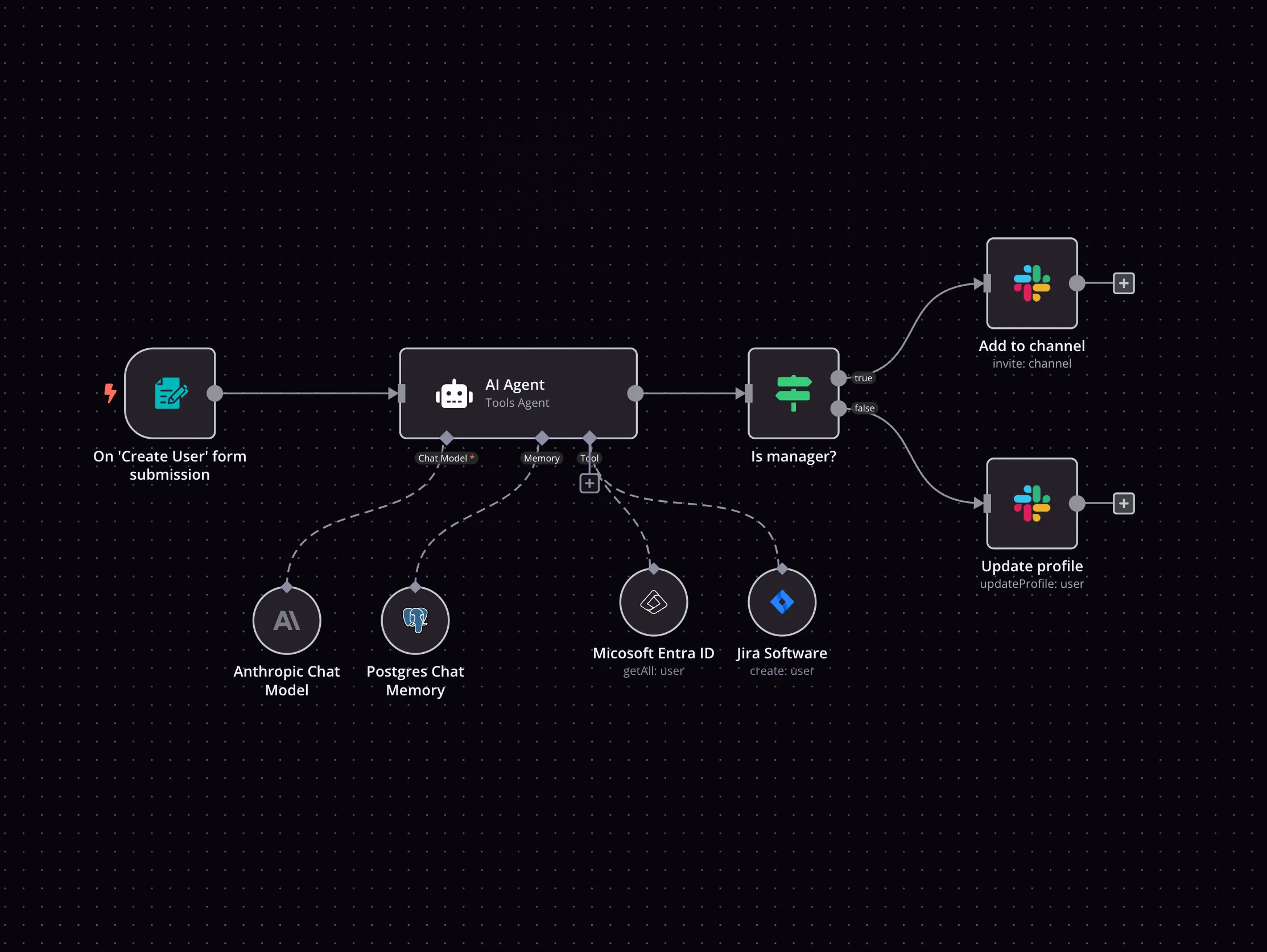Apify and Recorded Future integration
Save yourself the work of writing custom integrations for Apify and Recorded Future and use n8n instead. Build adaptable and scalable workflows that work with your technology stack. All within a building experience you will love.

How to connect Apify and Recorded Future
Create a new workflow and add the first step
In n8n, click the "Add workflow" button in the Workflows tab to create a new workflow. Add the starting point – a trigger on when your workflow should run: an app event, a schedule, a webhook call, another workflow, an AI chat, or a manual trigger. Sometimes, the HTTP Request node might already serve as your starting point.
Build your own Apify and Recorded Future integration
Create custom Apify and Recorded Future workflows by choosing triggers and actions. Nodes come with global operations and settings, as well as app-specific parameters that can be configured. You can also use the HTTP Request node to query data from any app or service with a REST API.
What can you do with Apify?
Run an Actor
Runs an Actor. You can override the Actor’s input configuration by providing a custom body, which will override the prefilled input values.
Run an Actor and Get Dataset
Runs an Actor, waits for it to finish, and finally returns the dataset items
Scrape Single URL
Scrape a single URL using the Apify Website Content Crawler Actor and get its content as text, markdown, and HTML
Get Last Run
Retrieves the most recent run of an Actor. This endpoint is useful for quickly accessing the latest run details, including its status and storages, without needing to specify a run ID.
Run Task
Runs an Actor Task and return all associated details. You can optionally override the Actor’s input configuration by providing a custom body.
Run Task and Get Dataset
Runs an Actor task, waits for it to finish, and finally returns the dataset items. You can optionally override the Actor’s input configuration by providing a custom body.
Get User Runs List
Gets a list of Actor runs for the user. This endpoint is useful for retrieving a history of runs, their statuses, and other data.
Get run
Gets the details of a specific Actor run by its ID. This endpoint is useful for retrieving information about a run, such as its status, storages, and other metadata.
Get runs
Gets a list of Actor runs. This endpoint is useful for retrieving a history of runs, their statuses, and other data.
Get Items
Retrieves items from a dataset
Get Key-Value Store Record
Gets a value stored in the key-value store under a specific key
Supported API Endpoints for Recorded Future
GetEntity
Retrieve details of a specific entity.
SearchEntities
Search for entities based on criteria.
ListEntityTypes
List all entity types available.
GetEntityAssociations
Retrieve associations for a specific entity.
GetEntityRiskScore
Retrieve risk score for a specific entity.
GetAlerts
Retrieve a list of alerts.
GetAlertDetails
Retrieve details of a specific alert.
CreateAlert
Create a new alert.
UpdateAlert
Update an existing alert.
DeleteAlert
Delete a specific alert.
GetIntelligence
Retrieve intelligence for a specific query.
SearchIntelligence
Search for intelligence data.
GetIntelligenceTrending
Retrieve trending intelligence data.
GetIntelligenceByCategory
Retrieve intelligence data by category.
GetIntelligenceSummary
Retrieve summary of intelligence data.
GetRiskLists
Retrieve a list of risk lists.
GetRiskListDetails
Retrieve details of a specific risk list.
CreateRiskList
Create a new risk list.
UpdateRiskList
Update an existing risk list.
DeleteRiskList
Delete a specific risk list.
To set up Recorded Future integration, add the HTTP Request node to your workflow canvas and authenticate it using a predefined credential type. This allows you to perform custom operations, without additional authentication setup. The HTTP Request node makes custom API calls to Recorded Future to query the data you need using the URLs you provide.
Take a look at the Recorded Future official documentation to get a full list of all API endpoints
Apify and Recorded Future integration details
FAQ
Can Apify connect with Recorded Future?
Can I use Apify’s API with n8n?
Can I use Recorded Future’s API with n8n?
Is n8n secure for integrating Apify and Recorded Future?
How to get started with Apify and Recorded Future integration in n8n.io?
Looking to integrate Apify and Recorded Future in your company?
The world's most popular workflow automation platform for technical teams including
Why use n8n to integrate Apify with Recorded Future
Build complex workflows, really fast


